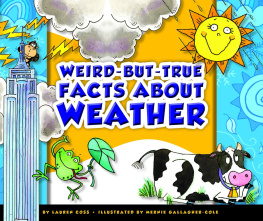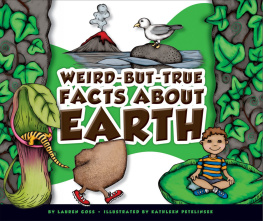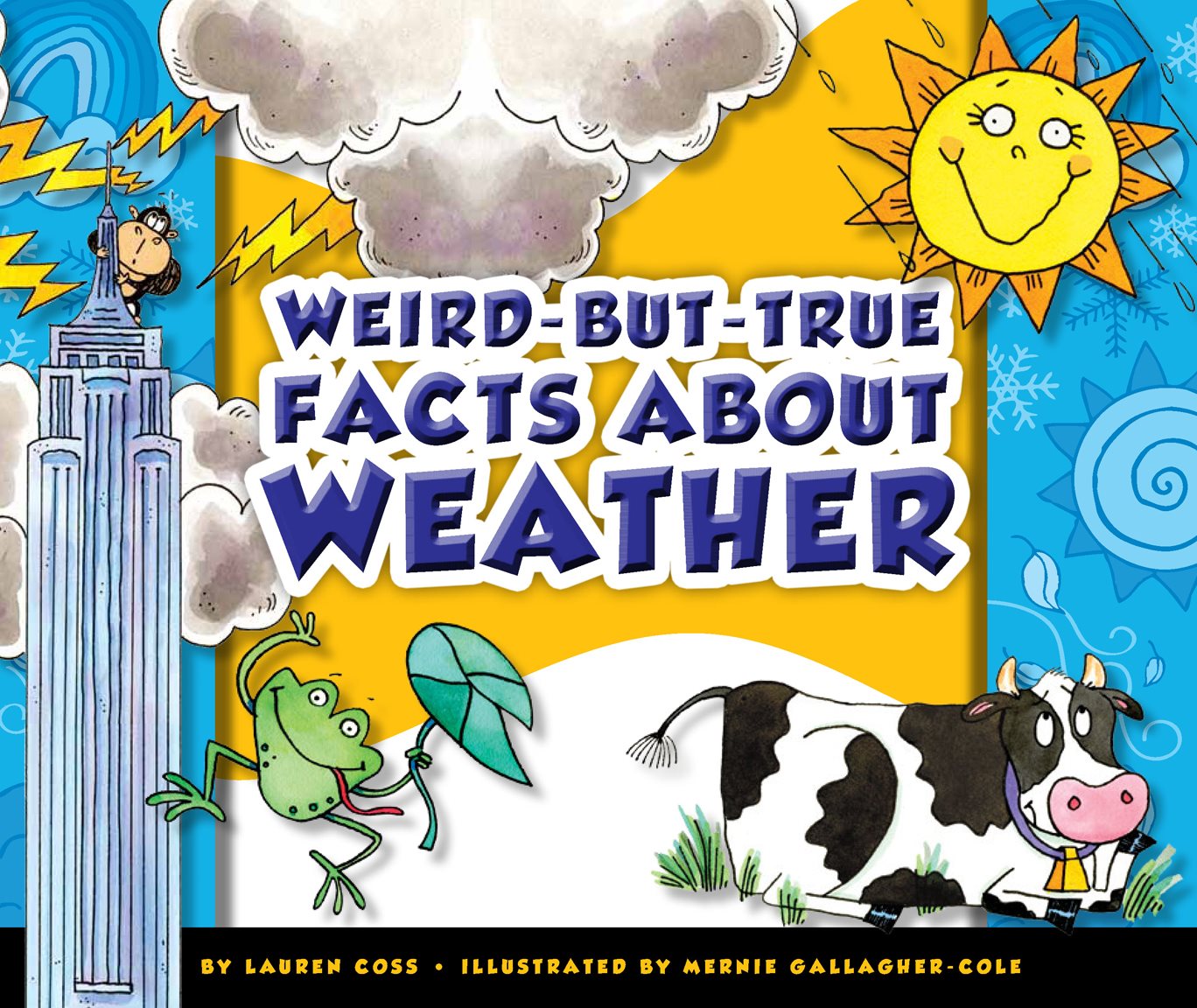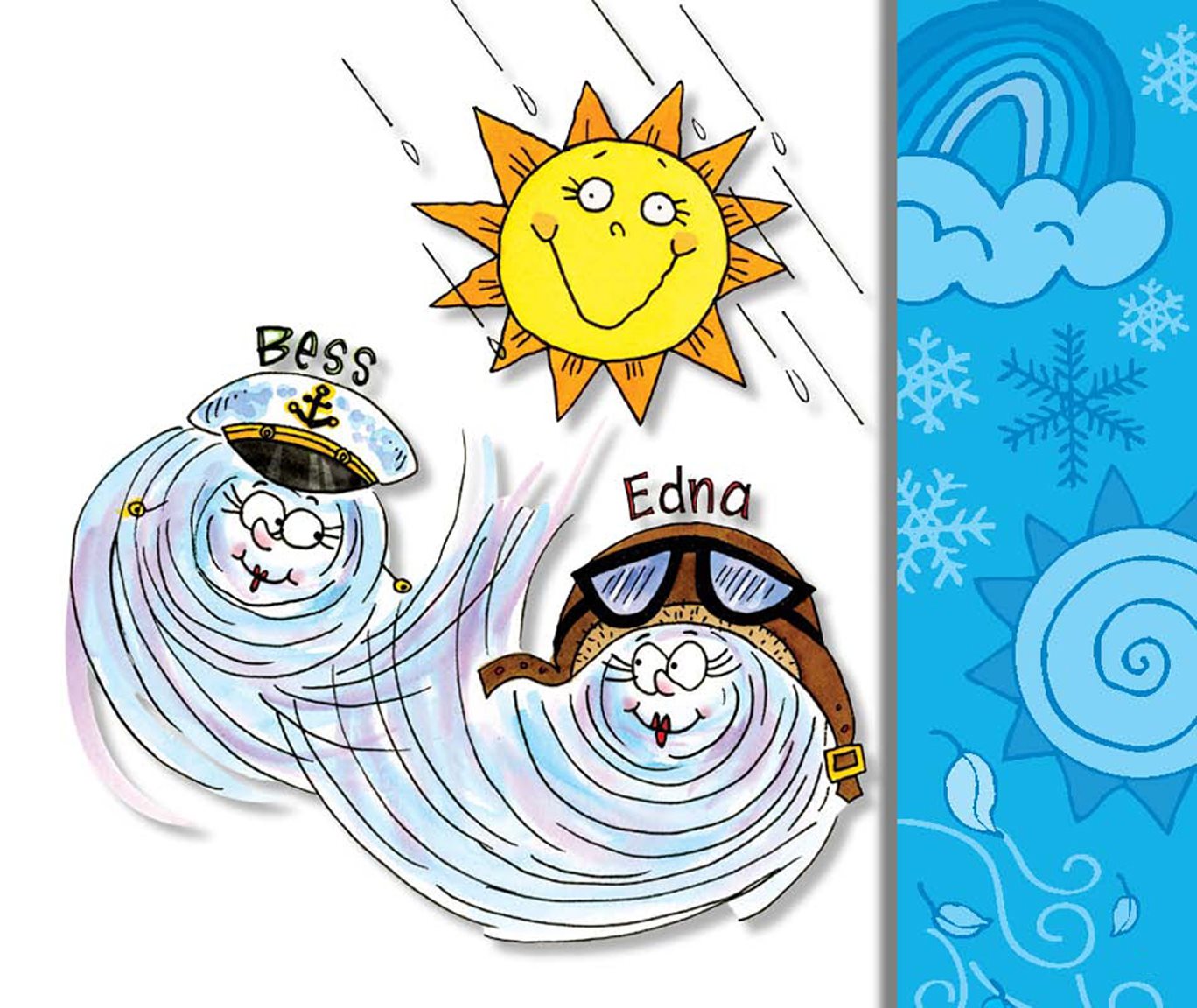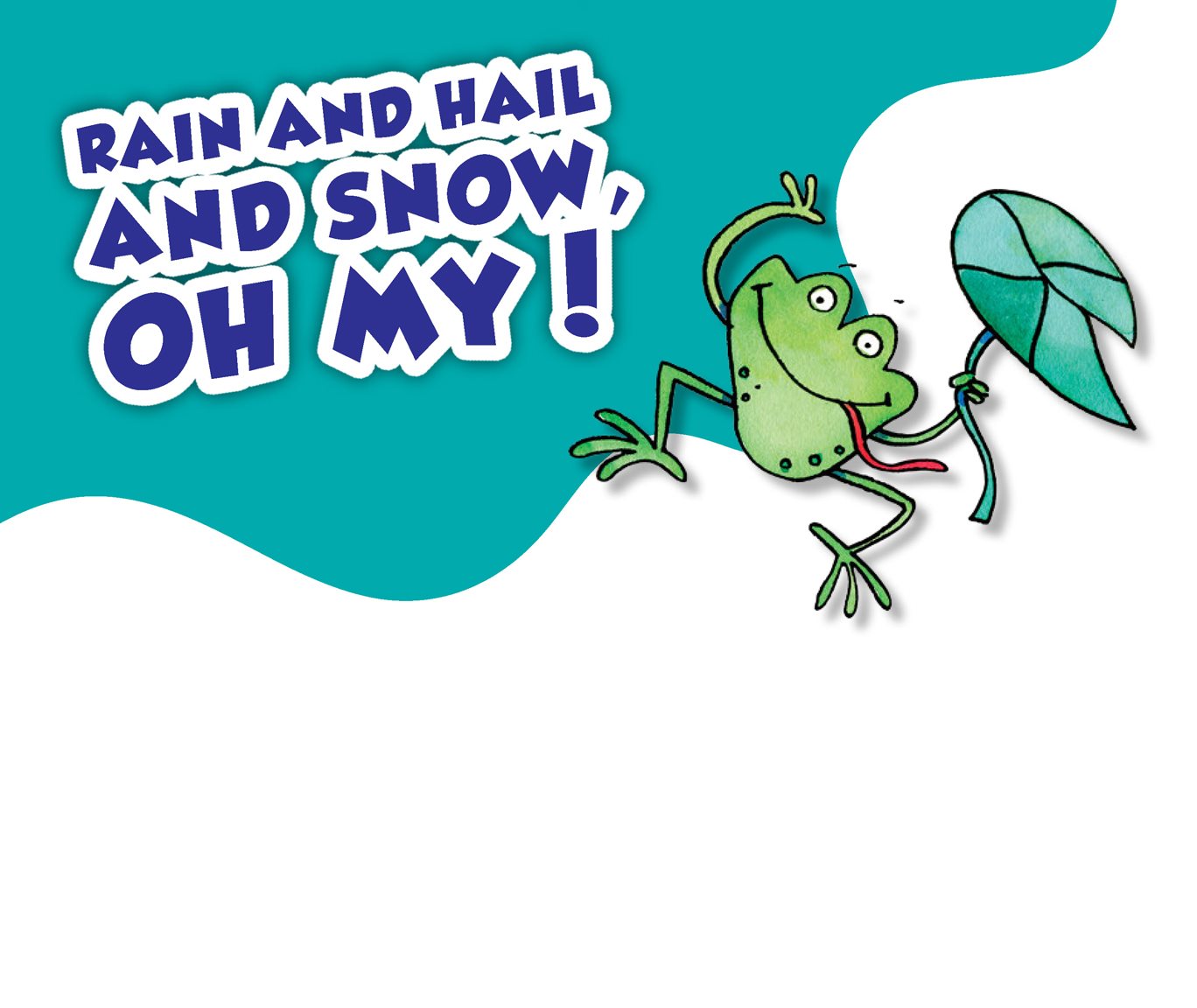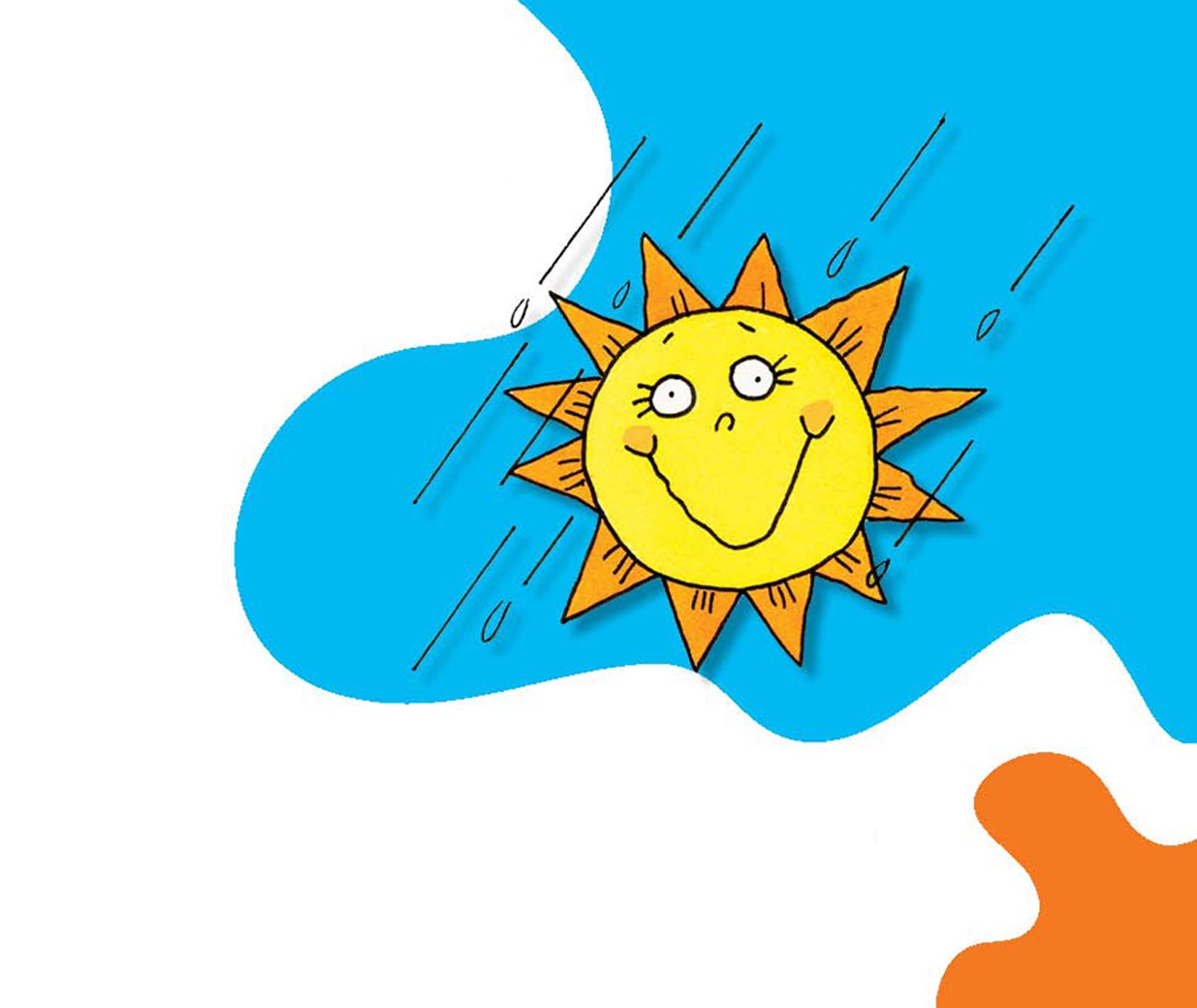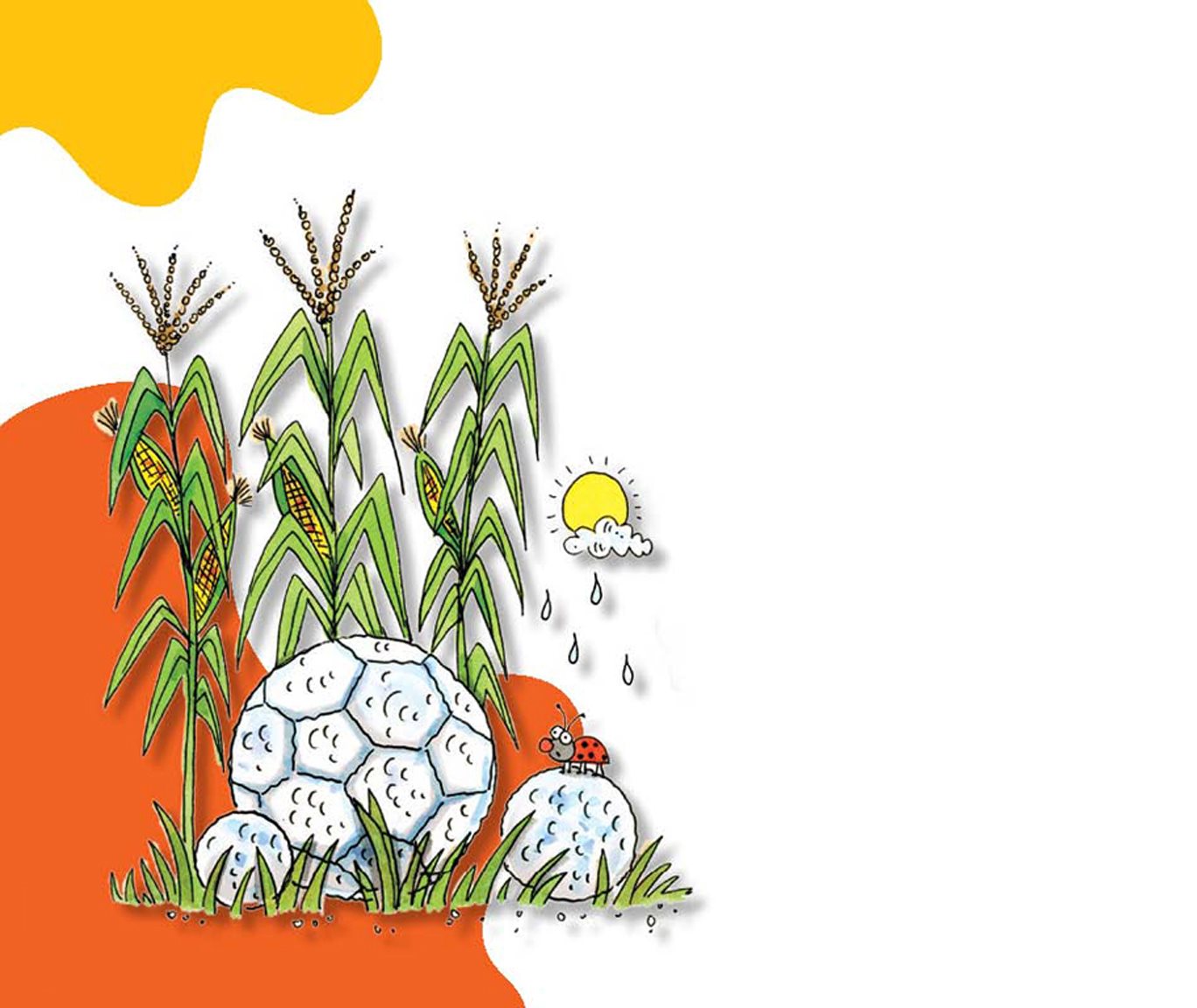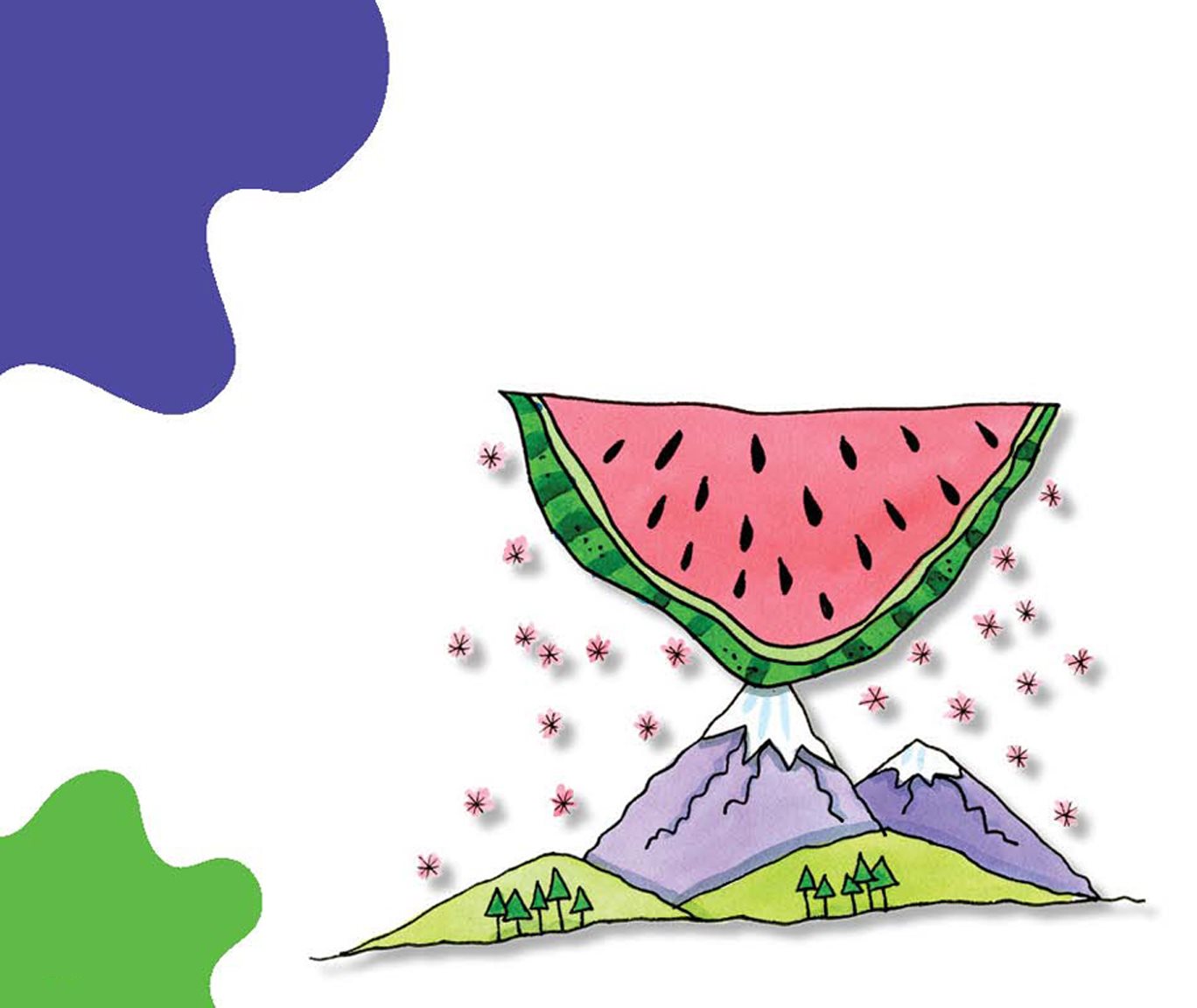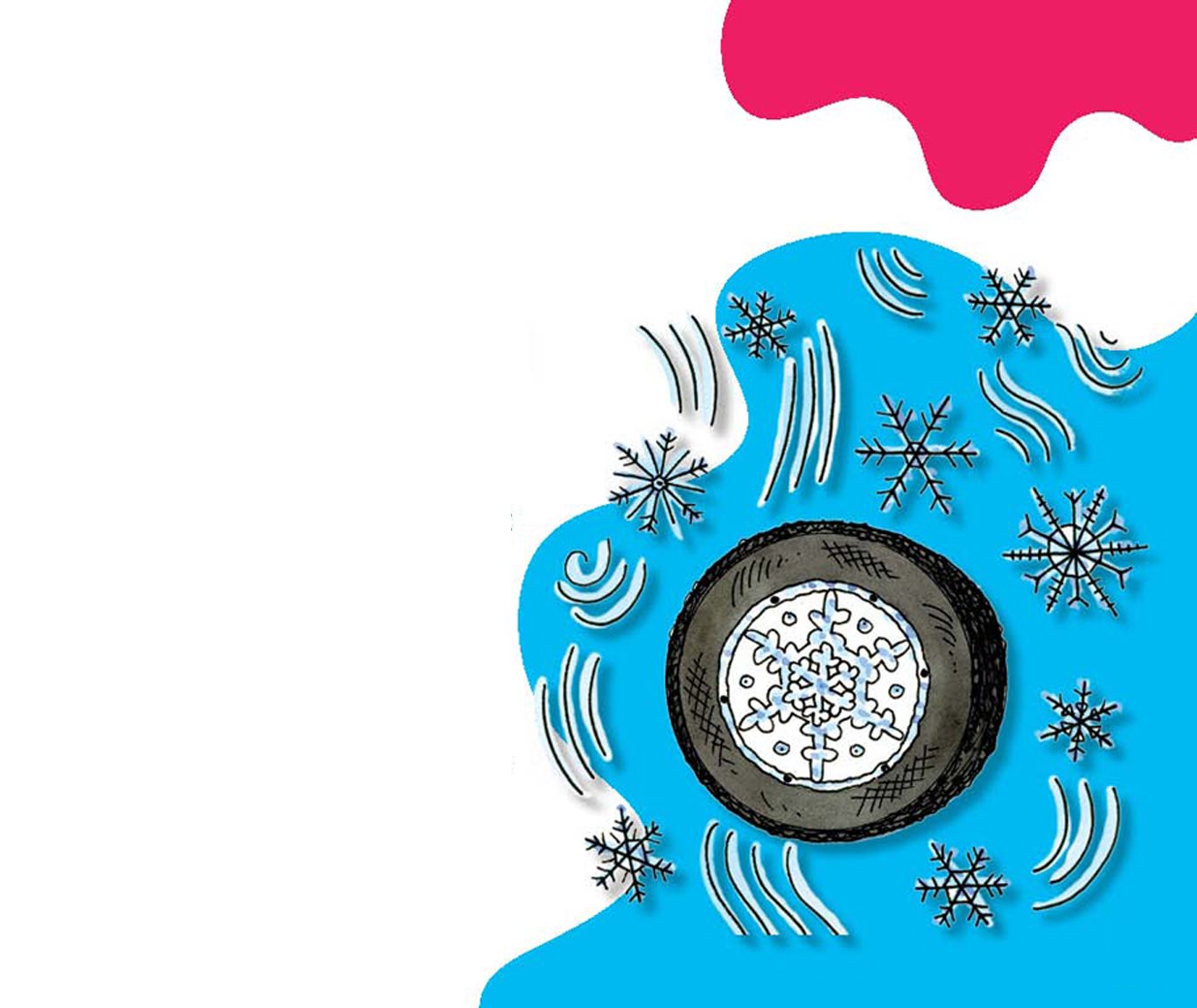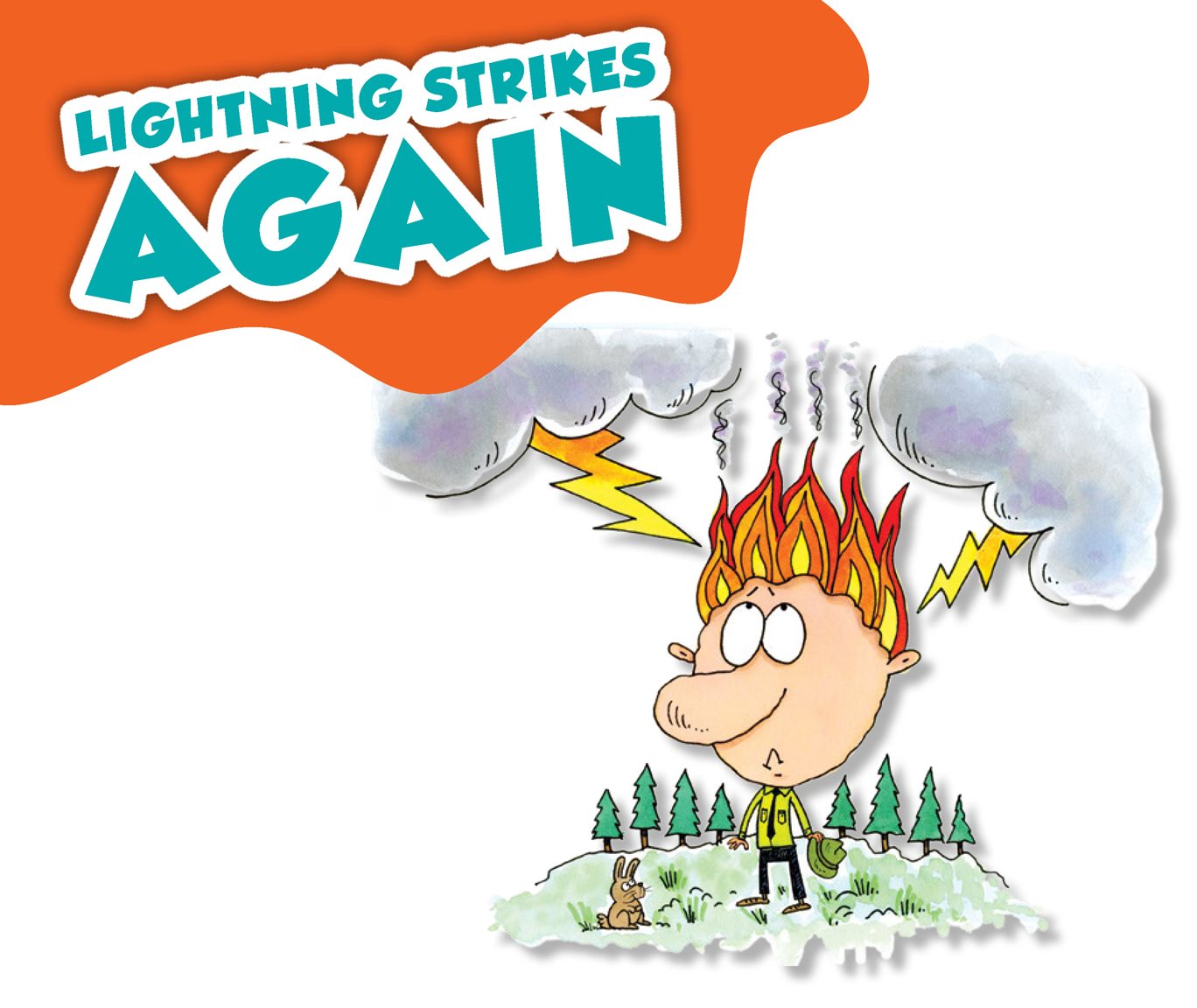Published by The Childs World
1980 Lookout Drive Mankato, MN 56003-1705
800-599-READ www.childsworld.com
Acknowledgments
The Childs World: Mary Berendes, Publishing Director
Red Line Editorial: Editorial direction
The Design Lab: Design
Amnet: Production
Copyright 2013 by The Childs World
All rights reserved. No part of this book may be
reproduced or utilized in any form or by any means
without written permission from the publisher.
ISBN 9781614734239
LCCN 2012946530
Printed in the United States of America
Mankato, MN
November, 2012
PA02143
About the Author
Lauren Coss is a writer and editor
living in Saint Paul, Minnesota. She
loves learning new facts and watching a
thunderstorm roll infrom a safe place,
of course!
About the Illustrator
A former greeting card artist, Mernie
Gallagher-Cole is a freelance illustrator
with over 28 years experience
illustrating for children. Her charming
illustrations can be found on greeting
cards, party goods, games, puzzles,
childrens books, and now e-books and
educational game apps! She lives in
Philadelphia with her husband and
two children.
Earths weather has sudden swings and
crazy highs and lows. It can be wet, windy,
cold, or hot. It can change on a moments
notice. From the icy polar regions to the
steamy tropics, weather on Earth is never
dull! Get ready for a flood of some of the
most fascinating weather facts around.
They may seem strange or unbelievable,
but remember, they are all true!
There are places
on Earth that have
never seen rain.
The Atacama Desert in Chile is the
driest place on Earth. Some parts
of the desert have not had a single
drop of rain since people began
keeping records.
It has never rained cats
and dogs, but it has
rained frogs and fish.
Scientists believe this unusual weather
occurs when strong winds caused by
hurricanes and water tornadoes pick up the
creatures. Then the storm drops them on
unsuspecting cities nearby.
Rain can fall out
of a clear blue sky.
Raindrops can be carried for
many miles, so rain can fall even
if no clouds can be seen. Keep that
umbrella handy!
Rain comes in red and yellow colors.
The yellow is most likely caused by pollen particles suspended in the
water drops. Red rain is most likely caused by reddish dust. Algae
in the rainwater might have caused red rain in India in 2001. These
unusual rains look faintly colored, but they do not stain anything.
The largest hailstone
ever found in the
United States was as
big as a soccer ball.
The huge chunk of ice landed in Aurora,
Nebraska, in 2003. It measured more than
18 inches (45 cm) around. Luckily, it didnt
hit anyone as it crashed to the ground!
It hails an
average of 132
days a year in
Kericho, Kenya.
That means this city, located
not too far from the equator,
gets hail more than one-third
of the year!
In 1959, a
hailstorm in
Seldon, Kansas,
covered the city
with 1.5 feet
(.5 m) of ice.
The storm lasted 85 minutes
and stopped cars on the
highway for four hours.
A baseball-sized piece of hail falls as fast as
a professional baseball pitcher can throw.
A piece of ice this size can fall at speeds of 100 miles per hour (160 km/h).
Mountain snow can turn
the color of a watermelon.
This pink snow is caused by a kind of algae. It is most
common at a high altitude , such as in the mountains
of California. Some hikers have even claimed the
snow smells sweet like watermelon juice.
It has snowed in
every U.S. state,
even Florida!
The sunshine state got more
than one-half foot (.2 m) of
snow during a blizzard that
struck the East Coast in 1993.
More than two-thirds of
people in the world have
never seen snow.
The largest
snowflake was the
size of a hubcap.
The giant flake was reported at
15 inches (38 cm) wide and 8
inches (20 cm) thick. It fell in
Montana in 1887. However, no
scientist was able to verify it. The
largest verified snowflake was 8 by
12 inches (20 by 30 cm). It fell in
Siberia in 1971.
The worlds
tallest snowman
was actually a
snowwoman.
Olympia the snowwoman was
built in Bethel, Maine, in 2008.
At 12 stories tall, she towered
over the town. Her eyelashes
were made of snow skis.
Snowflakes fall
about as fast as
you walk.
From about 2 miles (3 km) high
in the sky, it takes a snowflake
approximately an hour to reach
the ground.
Silver Lake, Colorado,
got enough snow
in one day to bury cars.
In mid-April 1921, the mountain town got
75.8 inches (192.5 cm) of snow in just
24 hours. Thats more than 6 feet (1.8 m)!
Antarctica
is actually a
huge desert.
The icy southern continent
receives an average of less
than 2 inches (5.1 cm) of
precipitation a year.
The odds are

